How Do We Get Tea And Coffee From Plants
Coffee grounds can be dried and spread over high ph soils and then tilled in to help. The filters break down quickly so toss them in as well.
 Tea Leaves Coffee Trees And Cocoa Beans
Tea Leaves Coffee Trees And Cocoa Beans
how do we get tea and coffee from plants
how do we get tea and coffee from plants is a summary of the best information with HD images sourced from all the most popular websites in the world. You can access all contents by clicking the download button. If want a higher resolution you can find it on Google Images.
Note: Copyright of all images in how do we get tea and coffee from plants content depends on the source site. We hope you do not use it for commercial purposes.
The best way to deliver the nutrients from the tea bags to your plants is to slit open the bags and mix the contents directly into the soil.

How do we get tea and coffee from plants. Now you have another option. Here are some suggestions on how to make good use of coffee and tea. Plants feed themselves through a process called photosynthesis.
The composting microbes will neutralize the ph. Cold coffee grounds and used tea bags are great additions to the garden or compost. Coffee grounds have a carbon to nitrogen ratio of 201 and should be treated as green material.
This normally happens shortly after heavy rainfall. It is better to give just a little and work out what your plants respond to than to overdo it and cause the plant to react poorly. Their wide glossy leaves and simply looking white flowers are similar to that of the flowers on most citrus plants in appearance.
Do not worry about making the compost to acidic. If you aim for about 14 coffee and 34 water in your mixture depending on how strongly you brew your coffee thats about right but you dont have to be fussy about it. Once workers gather enough quantities of tea leaves their stash is quickly carried over to a tea factory located right on the plantation.
You can use coffee fertilizer on your potted plants houseplants or in your vegetable garden. Tap water is slightly alkaline with a ph greater than 7. Share your videos with friends family and the world.
Nitrogen is also an important factor in the plants ability to produce protein. Alternatively you can bury the whole teabags directly into the soil. Before we go any further well talk about oxidation.
And then after the flowers comes the cherries. Both coffee grounds and used tea bags are high in nitrogen magnesium copper and potassium. Coffee can be quite acidic so you will only need to use it sparingly versus natural water.
The oxidation process is important in understanding tea it must be closely monitored during production and is essential in determining the type and quality of the tea. This process is only possible using chlorophyll of which nitrogen is one of the main elements. Traditional chemical fertilizers the addition of sulfur or allowing leaves to decompose on soil surfaces are methods to decrease soil ph levels.
Therefore using diluted coffee for plants can increase the acidity of the soil. How coffee is processed. The coffee plants are evergreen shrubs that can grow up to 15 20 feet tall.
They are both acidic usually around 55 ph making them too acidic to just dump in the garden time and time again. The factory is placed close to source of the leaves because once the tea is plucked oxidation immediately begins. Mix your coffee grounds and old tea bags in a compost bin.
If used sparingly both can be beneficial in many ways. You can use a trowel to mix the contents in. The coffee leaves of a healthy coffee tree in a guatemalan farm once a coffee plant is mature it will produce flowers.
Most producers keep young coffee trees in nurseries until the seedlings are ready to be planted on the farm. Select one day out of the week to apply the diluted coffee on the plants. The flowers eventually give way to the beans often called coffee cherries that begin green then ripen to yellow orange and then red before drying out.
It is important to keep the coffee grounds to no more than 25 of the pile to keep the carbon to nitrogen ratio in balance. The caffeine in grounds is toxic to slugs and snails.
 Coffee Tea And Sugar Coffee Plant Plants Plant Roots
Coffee Tea And Sugar Coffee Plant Plants Plant Roots
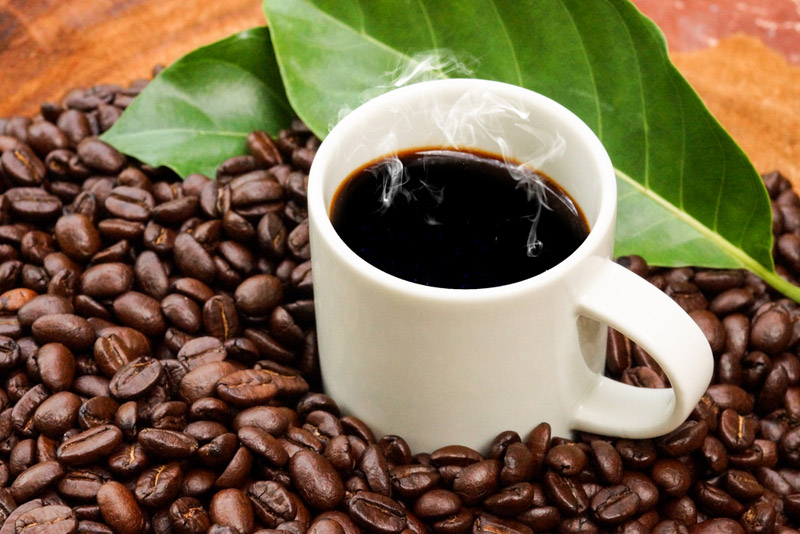 The Coffee Genome Is Sequenced
The Coffee Genome Is Sequenced
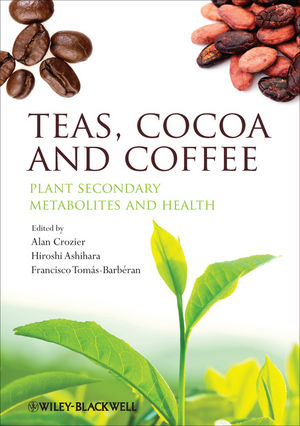 Teas Cocoa And Coffee Plant Secondary Metabolites And Health Wiley
Teas Cocoa And Coffee Plant Secondary Metabolites And Health Wiley
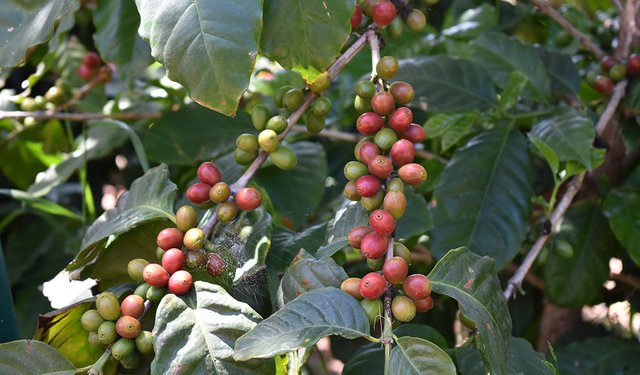 Growing Coffee On The Frinj Stir Coffee And Tea Industry International Stir Is The International Coffee And Tea Industry Bi Monthly Magazine Website Local Global Equipment Machinery Supplies Services Market Intelligence
Growing Coffee On The Frinj Stir Coffee And Tea Industry International Stir Is The International Coffee And Tea Industry Bi Monthly Magazine Website Local Global Equipment Machinery Supplies Services Market Intelligence
 An Introduction To Tea Coffee Plant Ltd
An Introduction To Tea Coffee Plant Ltd
Beverages Uses Origin And Area Of Cultivation Botanical Name Food Plants
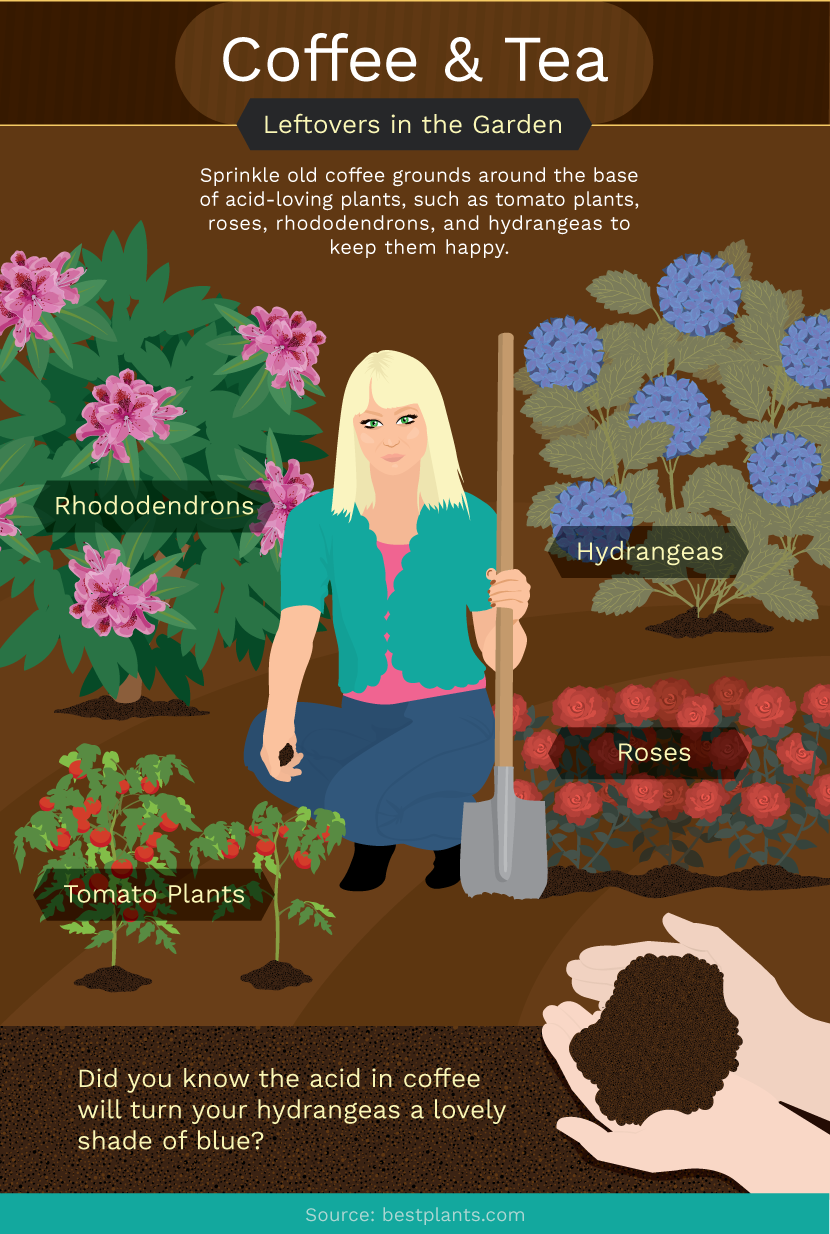 Health Benefits Of Coffee Grounds And Tea Leaves Fix Com
Health Benefits Of Coffee Grounds And Tea Leaves Fix Com
 Tea Leaves Coffee Trees And Cocoa Beans
Tea Leaves Coffee Trees And Cocoa Beans
Tea Coffee And Spices Plantations Roses And Ornamental Plants In India
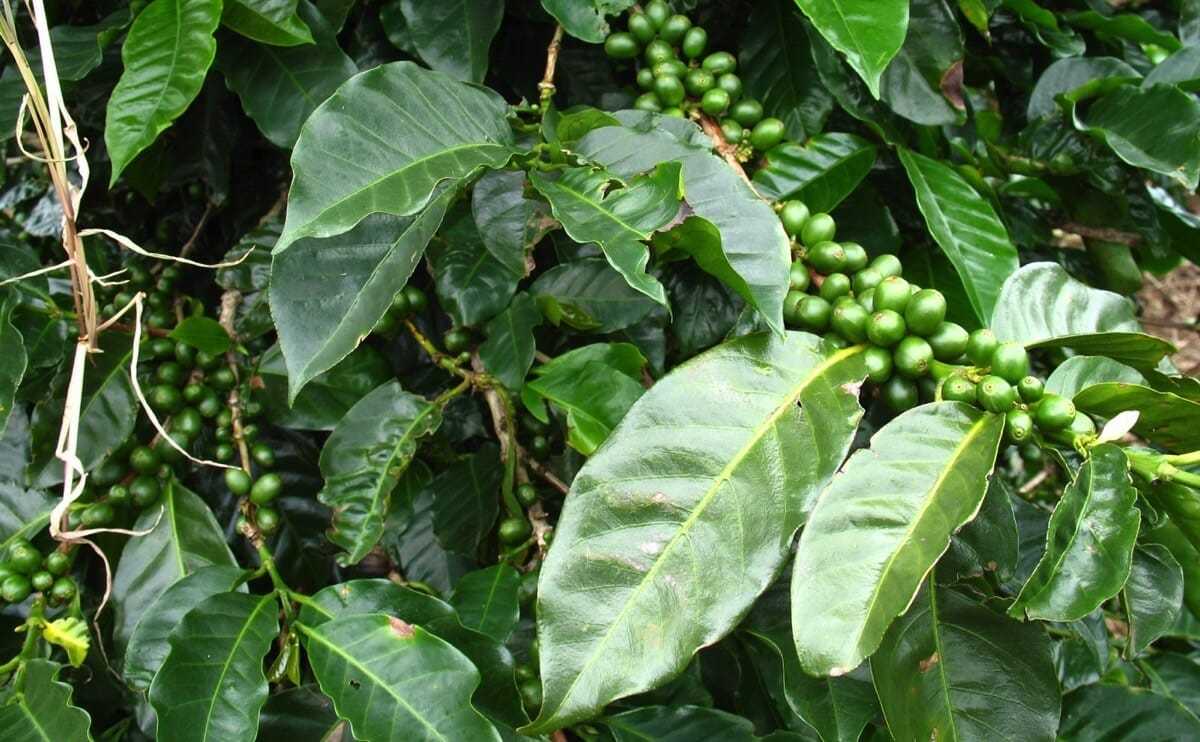 Efsa Gives Go Ahead For Coffee Leaf Tea As Traditional Food From Third Country
Efsa Gives Go Ahead For Coffee Leaf Tea As Traditional Food From Third Country
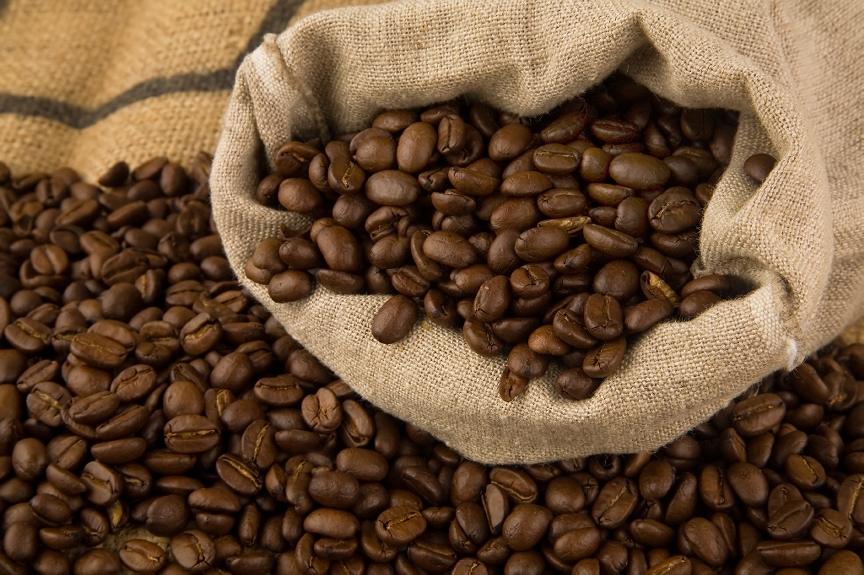 Simple Steps To Growing Coffee Even Where You Live Off The Grid News
Simple Steps To Growing Coffee Even Where You Live Off The Grid News